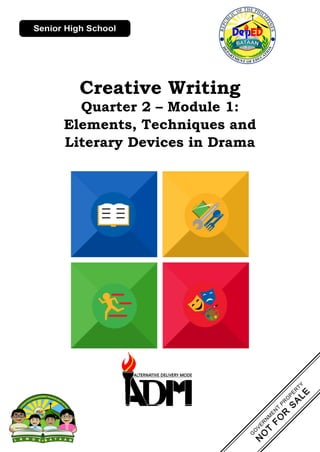Wallace has visions of destruction and chaos when he enters a meditative state, and shares these disturbing experiences with his niece Roberta who is interviewing him for a school project. Though hesitant, he provides increasingly graphic details of his visions which include a young boy screaming over his father who is killed by debris from a collapsed building. Wallace believes his visions can influence and change the future, and that he first discovered this ability as a young child.



























